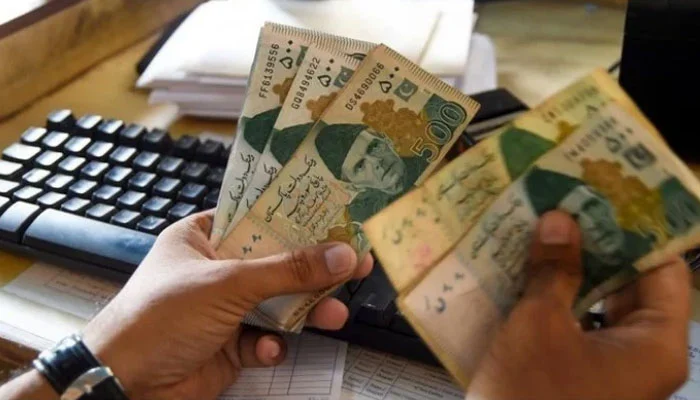Pakistan’s time is running out. For decades, the country has run a system that needs near-constant external assistance. The system doesn’t deliver prosperity outside a tiny elite. Real incomes are, at best, stagnate. We barely export or save. If there is a strategy, it is waiting for someone to invade Afghanistan to extract geopolitical rents from them.
Underlying these decades-long challenges is a fundamentally changing society. For one: over the next 28 years, Pakistan will add about 132 million more people above its current population size. Pakistanis also now live increasingly in urban areas which reshapes how people interact with each other – opening new avenues for collective action and greater demand for public services. Add to this increased access to technology. The country is changing even if the economic system that governs them remains the same.
The changing dynamics demand sustained economic growth to improve lives, but our current system doesn’t allow growth. Whenever the economic growth rate exceeds 4-odd%, Pakistan’s import bill skyrockets pushing the country into a balance of payments crisis. This is a fundamental constraint in Pakistan’s growth model: nothing short of a complete break from the current trajectory will work.
Today, Pakistan is on the brink again. While a sovereign default is unlikely, what is clear is that Pakistan’s survival once again depends solely on the generosity of its few allies. This generosity might be eventually forthcoming allowing us to kick the bucket down the road for a few months – but then what? What happens a few months from now when once again we need more money to pay for imports or service our debt?
We need a radical break. There must be an immediate realization that the current economic system neither delivers growth for its citizens nor is stable enough to be maintained. Critically: even those who benefit from the current economic system, must realize that the system isn’t sustainable – even for growing their wealth. A different pathway requires a pro-growth coalition that pushes for reforms that can make real gains in Pakistan’s productive capacity.
What should such a reform agenda prioritize? I suggest three actions. First: Pakistan must discourage the capital stuck in real estate. Putting a large chunk of domestic savings into real estate takes capital away from sectors that can contribute towards exports (plots can’t be exported, alas). A great way to do this is by levying an annual tax on urban land. Not only would this raise revenue for public services but help allocate capital towards tradable sectors.
Second: We need deliberate and significant efforts to improve female labour market participation. Currently, only two out of 10 adult women are in the labour market; this is below countries of similar income levels. One way to do so is by investing in urban transport systems that would disproportionately benefit women as they face the highest mobility barriers.
Third: Pakistan should reduce policy-induced market distortions that are often in place to benefit vested interests. One example are the import duties that incentivize firms to sell domestically rather than attempt to innovate and compete abroad (a recent report by the World Bank calculates that a 10% import duty ups the profitability of selling domestically as opposed to exporting by 40%). By making the market a level playing field, we can incentivize firms to innovate and compete globally.
Pakistan is on a path to the abyss. In 1990, a child born in Pakistan would expect to live longer than a child born in India or Bangladesh. Today, that has been completely reversed. You’re better off being born in Dhaka or Chennai, than Lahore. This trajectory will continue if we don’t do something differently. Time is running out.

 Latest News8 hours ago
Latest News8 hours ago
 Latest News7 hours ago
Latest News7 hours ago
 Latest News7 hours ago
Latest News7 hours ago
 Latest News7 hours ago
Latest News7 hours ago
 Latest News7 hours ago
Latest News7 hours ago
 Latest News8 hours ago
Latest News8 hours ago
 Latest News8 hours ago
Latest News8 hours ago
 Business8 hours ago
Business8 hours ago





















